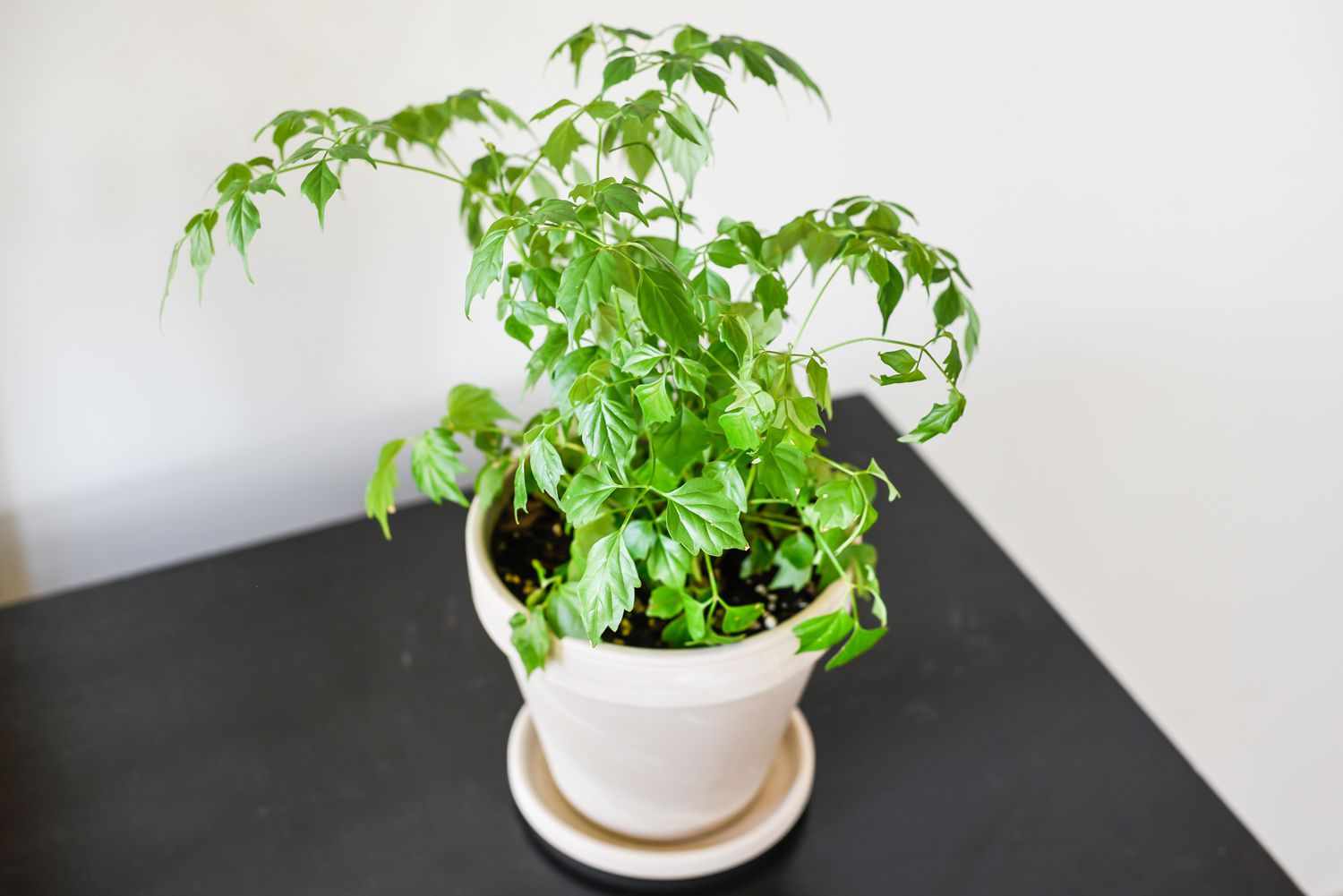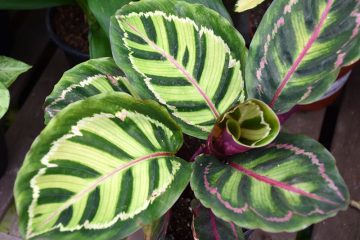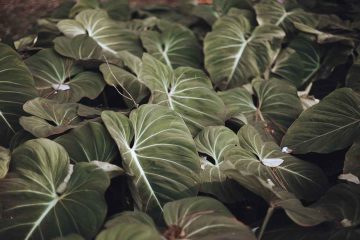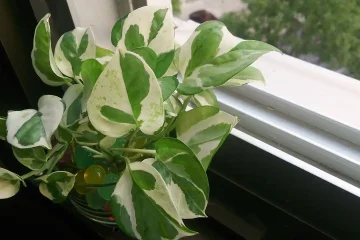China Doll plants (Radermachera sinica) are elegant indoor plants admired for their glossy, feathery foliage and compact growth habit. Originating from the subtropical regions of China and Taiwan, they add a touch of greenery to homes and offices. These plants thrive in bright, indirect light and require consistent moisture to maintain their lush appearance. Propagation is typically done through stem cuttings, making it easy to multiply your collection. While relatively low-maintenance, they can face issues like leaf drop if not properly cared for. Despite this, the aesthetic and air-purifying benefits of China Doll plants make them a popular choice for indoor gardeners.
| Common Name | China Doll Plant |
|---|
| Botanical Name | Radermachera sinica |
| Family | Bignoniaceae |
| Plant Type | Perennial, typically grown as a houseplant |
| Mature Size | 4-6 ft. tall (indoors) |
| Sun Exposure | Bright, indirect light |
| Soil Type | Well-draining potting mix |
| Soil pH | Neutral to slightly acidic |
| Bloom Time | Rarely blooms indoors |
| Flower Color | White, trumpet-shaped (in the wild) |
| Hardiness Zones | 10-12 (USDA) |
| Native Area | Southeast Asia |
| Toxicity | Non-toxic to pets |
How To Grow China Doll Plants?
Following are the complete way to grow China doll plants easily anywhere:
Choosing the Right Location
To grow a China Doll Plant, choose a location that offers bright, indirect sunlight. Direct sun can scorch the leaves, while too little light can cause the plant to become leggy. An east or north-facing window is ideal. The plant thrives in temperatures between 65-75°F, and it’s important to keep it away from drafts or sudden temperature changes. Humidity levels should be moderate to high, around 50%, to mimic its native tropical environment. Use a humidity tray or mist the plant regularly if needed.
Preparing the Soil
For optimal growth, use a well-draining potting mix such as a blend of peat, perlite, and vermiculite. This mix ensures good aeration and prevents waterlogging, which can lead to root rot. Before planting, ensure the pot has drainage holes to allow excess water to escape. Fill the pot with the prepared soil, leaving enough space for the plant’s root ball. Gently place the China Doll Plant in the pot, filling in around the roots with additional soil, and lightly tamp down to secure the plant.
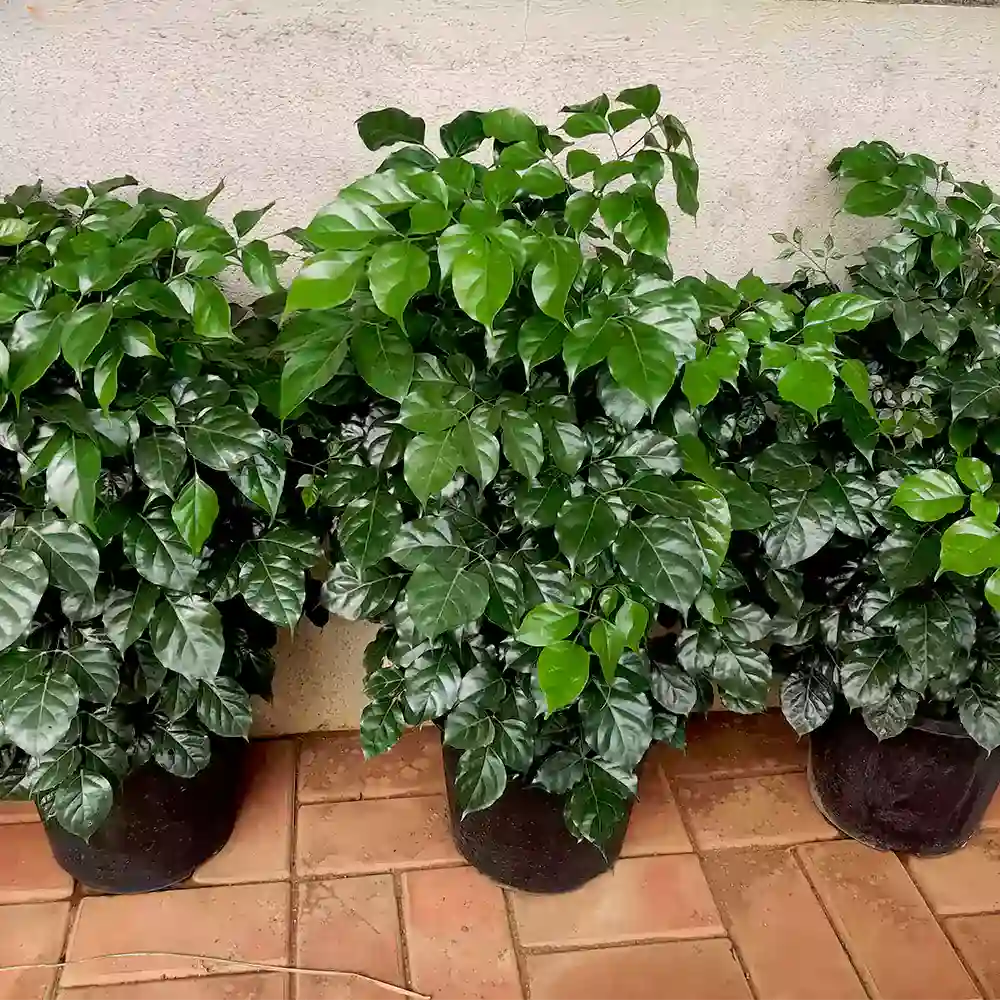
Watering and Humidity
China Doll Plants prefer consistent moisture. Water the plant when the top inch of soil feels dry, ensuring thorough watering until water drains from the bottom. Avoid letting the plant sit in water to prevent root rot. These plants thrive in moderate to high humidity. Use a humidity tray, mist the plant regularly, or place it near a humidifier to maintain the desired humidity levels. During the winter months, reduce watering frequency as the plant’s growth slows.
Fertilizing
Fertilizing is essential for healthy growth. Feed the China Doll Plant monthly during the growing season (spring and summer) with a balanced liquid fertilizer diluted to half strength. This provides the necessary nutrients for robust growth. In the fall and winter, reduce or stop fertilizing as the plant’s growth rate decreases. Over-fertilizing can harm the plant, so it’s important to follow the recommended guidelines. Always water the plant thoroughly before applying fertilizer to prevent root burn.
Pruning and Repotting
Pruning helps maintain the plant’s bushy appearance and removes any dead or yellowing leaves. Regularly trim back leggy stems to encourage fuller growth. Use clean, sharp scissors to make cuts just above a leaf node. Repotting every 2-3 years is crucial for continued health. Choose a pot one size larger than the current one, and refresh the soil during repotting. This ensures the roots have enough space to grow and access fresh nutrients.
How To Care For China Doll Plants?
Following are the complete steps that how you can care for China Doll Plants easily.
Light and Temperature Requirements
The China Doll Plant thrives in bright, indirect light. Direct sunlight can damage its leaves, while too little light can result in leggy growth. An ideal spot is near an east or north-facing window where it can receive filtered sunlight. The plant prefers temperatures between 65-75°F. The China Doll plants are native to warm climates like Mexican Bird of Paradise, both like warm places to grow but avoid placing China Doll plants in areas with cold drafts, sudden temperature changes, or near heating vents. Consistent temperature and light conditions help maintain the plant’s health and encourage vibrant growth.
Watering and Humidity Care
Proper watering is key to the health of a China Doll Plant. Water when the top inch of soil is dry, ensuring the soil remains moist but not waterlogged. Overwatering can lead to root rot, while underwatering can cause leaf drop. Use room temperature water to avoid shocking the plant. Maintain high humidity levels, around 50%, using a humidity tray, regular misting, or a humidifier. During winter, reduce watering frequency as the plant’s growth slows, and continue to provide adequate humidity.
Feeding and Fertilizing
To keep a China Doll Plant healthy, fertilize it monthly during the growing season (spring and summer) with a balanced liquid fertilizer diluted to half strength. This helps provide essential nutrients for vigorous growth. In the fall and winter, reduce or stop fertilizing as the plant’s growth rate decreases. Over-fertilizing can lead to nutrient burn and damage the plant. Always water the plant thoroughly before applying fertilizer to prevent root damage and ensure even nutrient distribution.
Pruning and Maintenance
Regular pruning helps maintain the China Doll Plant’s compact and bushy shape. Trim leggy stems and remove any dead or yellowing leaves to encourage new growth. Use clean, sharp scissors to make cuts just above a leaf node. Pruning also helps improve air circulation within the plant, reducing the risk of disease. Additionally, check the plant regularly for pests and address any infestations promptly. Regular maintenance ensures a healthy and attractive China Doll Plant.
Repotting and Soil Refresh
Repotting the China Doll Plant every 2-3 years provides fresh soil and more space for root growth. Choose a pot one size larger than the current one, ensuring it has drainage holes. Gently remove the plant from its old pot, shake off excess soil, and inspect the roots for any signs of rot. Place the plant in the new pot with fresh, well-draining potting mix, and water thoroughly. Repotting helps rejuvenate the plant and encourages continued healthy growth.
Pest Control and Problem Solving
China Doll Plants can be affected by pests like spider mites, aphids, and scale insects. Regularly inspect the plant for signs of pests, such as discolored or damaged leaves. Treat infestations promptly with insecticidal soap or neem oil. Ensure proper watering practices to prevent root rot, characterized by yellowing leaves and a foul smell. Adjust care routines to address common problems like leaf drop, which can result from insufficient light or environmental changes. Proactive pest control and problem-solving are essential for maintaining a healthy China Doll Plant.
How To Propagate China Doll Plant?
Propagating a China Doll plant (Radermachera sinica) can be a rewarding way to expand your collection. Here’s a detailed guide to help you propagate your China Doll plant successfully:
Materials Needed:
- Sharp, clean pruning shears or scissors
- Rooting hormone (optional)
- Small pots or containers
- Well-draining potting mix
- Plastic bag or clear plastic cover (for humidity)
Steps for Propagation:
- Choose a Healthy Parent Plant: Select a healthy China Doll plant with strong, vibrant foliage. The parent plant should be free from pests and diseases to ensure successful propagation.
- Take Cuttings:
- Cut a stem from the parent plant that is about 4-6 inches long. Ensure the cutting has at least 3-4 leaves.
- Make the cut just below a leaf node (the point where a leaf attaches to the stem) as roots are more likely to develop from this point.
- Prepare the Cutting:
- Remove the lower leaves, leaving only a few leaves at the top.
- Optionally, dip the cut end of the stem in rooting hormone to promote faster root development.
- Plant the Cutting:
- Fill a small pot or container with a well-draining potting mix.
- Make a small hole in the soil and insert the cutting into it, burying at least one node.
- Firm the soil around the cutting to provide support.
- Provide the Right Environment:
- Water the cutting lightly to moisten the soil.
- Cover the pot with a plastic bag or a clear plastic cover to create a humid environment, which helps in root formation.
- Place the pot in a warm, bright area with indirect light. Avoid direct sunlight as it can scorch the cutting.
- Care for the Cutting:
- Check the soil moisture regularly and keep it slightly moist but not soggy.
- Ventilate the plastic cover occasionally to prevent mold and mildew.
- In a few weeks, gently tug the cutting to check for resistance, indicating that roots are forming.
- Transplant the Cutting:
- Once the cutting has developed a good root system, usually in about 4-6 weeks, it can be transplanted to a larger pot.
- Continue to care for the new plant with regular watering, and provide bright, indirect light.
Tips for Successful Propagation:
- Timing: The best time to take cuttings is during the plant’s active growing season, typically in spring or early summer.
- Humidity: Maintaining high humidity around the cutting is crucial for successful rooting. Mist the cutting if the air is dry.
- Patience: Be patient, as rooting can take several weeks. Avoid disturbing the cutting during this period.
Benefits of China Doll Plant
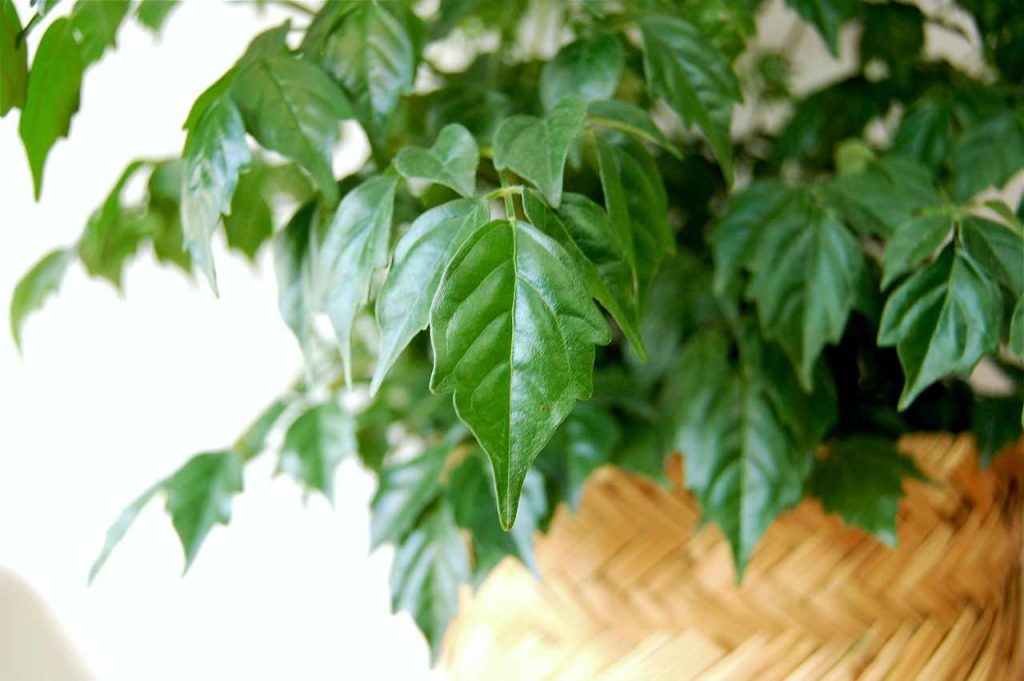
The China Doll Plant (Radermachera sinica) is a popular houseplant known for its attractive appearance and several benefits that make it a favorite among plant enthusiasts. Here are some of the key benefits:
1. Aesthetic Appeal
- Lush Foliage: The China Doll Plant boasts delicate, glossy, fern-like leaves that add a touch of elegance to any indoor space.
- Compact Growth: It maintains a compact and tidy growth habit, making it an excellent choice for smaller spaces or as a tabletop plant.
2. Air Purification
- Improves Air Quality: Like many houseplants, the China Doll Plant helps purify indoor air by absorbing pollutants and releasing oxygen. This can create a healthier living environment.
3. Low Maintenance
- Minimal Care Required: The China Doll Plant is relatively low-maintenance, requiring only moderate watering and indirect light. This makes it suitable for both novice and experienced gardeners.
- Pest Resistance: It is generally resistant to common houseplant pests, reducing the need for frequent pest control measures.
4. Stress Reduction
- Enhances Mood: Having greenery indoors has been shown to reduce stress, boost mood, and enhance overall well-being. The China Doll Plant’s lush foliage can contribute to a calming and serene atmosphere.
5. Versatility
- Adaptable to Various Conditions: The China Doll Plant can thrive in a range of indoor conditions, adapting well to different levels of light and humidity.
- Decorative Use: Its elegant appearance makes it a versatile plant that can be used to decorate homes, offices, and other indoor spaces.
6. Growth Stimulation
- Encourages Gardening Interest: The China Doll Plant can spark an interest in gardening and plant care, especially for those looking for an easy-to-grow houseplant. It can serve as an excellent introduction to indoor gardening.
7. Environmental Benefits
- Sustainable Choice: Growing indoor plants like the China Doll can contribute to sustainability efforts by enhancing green spaces within urban environments, reducing carbon footprints, and promoting eco-friendly living.
Common Diseases and Pests of China Doll Plant
China Doll plants (Radermachera sinica) are popular houseplants known for their lush foliage and delicate appearance. However, they are susceptible to several diseases and pests. Here are some common ones to watch out for:
Common Diseases
- Root Rot
- Cause: Overwatering and poor drainage.
- Symptoms: Yellowing leaves, wilting, and mushy roots.
- Treatment: Reduce watering, improve drainage, and repot in fresh soil. Trim off affected roots.
- Leaf Spot
- Cause: Fungal or bacterial infection.
- Symptoms: Brown or black spots on leaves.
- Treatment: Remove affected leaves, avoid overhead watering, and use a fungicide if necessary.
- Powdery Mildew
- Cause: Fungal infection.
- Symptoms: White, powdery substance on leaves.
- Treatment: Increase air circulation, avoid wetting the foliage, and use a fungicide.
- Botrytis Blight (Gray Mold)
- Cause: Fungal infection.
- Symptoms: Grayish mold on leaves and stems.
- Treatment: Remove affected parts, improve air circulation, and apply fungicide.
Common Pests
- Spider Mites
- Symptoms: Tiny, web-like structures on the plant, yellowing leaves, and speckled foliage.
- Treatment: Increase humidity, wash the plant with water, and use insecticidal soap or neem oil.
- Mealybugs
- Symptoms: White, cotton-like masses on leaves and stems, sticky residue, and yellowing leaves.
- Treatment: Wipe off with alcohol-soaked cotton swabs, use insecticidal soap, and neem oil.
- Aphids
- Symptoms: Clusters of small, green or black insects on new growth, sticky residue, and distorted leaves.
- Treatment: Spray with water, apply insecticidal soap, and neem oil.
- Scale Insects
- Symptoms: Brown or gray bumps on stems and leaves, sticky residue, and yellowing leaves.
- Treatment: Scrape off with a soft brush, use insecticidal soap, and neem oil.
Prevention Tips
- Proper Watering: Water only when the top inch of soil is dry to prevent root rot.
- Good Air Circulation: Ensure good airflow around the plant to prevent fungal diseases.
- Regular Inspection: Regularly check for pests and treat early to prevent infestations.
- Clean Environment: Keep the plant area clean and free from fallen leaves and debris.

